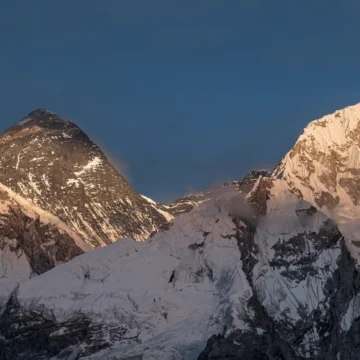
Nepal’s Mountains: A Land of Highest Peaks
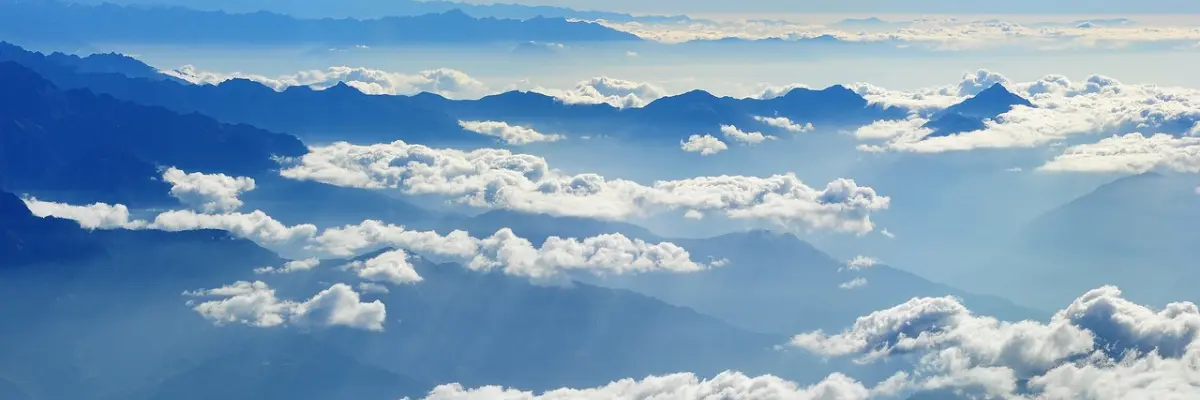
Table of Contents
Nepal is a beautiful country with the biggest mountains in the world. It lies between two of the biggest countries, India and China 15% of Nepal’s area lies within the great Himalayas Mountain range, giving it the name “Land of Himalayas”.
Mount Everest is one of the famous mountains in Nepal. But not just Mount Everest, Nepal has 8 of the 10 tallest mountains in the world, including Mount Everest, Kanchenjunga, Lhotse Makalu, Cho Oyu, Dhaulagiri I, Manaslu, Annapurna I. Mountains of Nepal are not just mountains, but they are part of life for people living around the mountains.
Nepal mountains are a beauty to behold because they are full of mysteries. They sustain Nepal’s different flora and fauna. When exploring mountains in Nepal, you can feel a connection with nature through birds chirping, winds and the sound of rivers.
83% percentage of the total area of Nepal is covered in mountains and hills. There are so many people who rely on these mountains for their livelihood. Trekkers, nature enthusiasts, and mountaineers from around the world visit.
Iconic Mountains of Nepal
Nepal is home to mountains with mysteries. There are mountains with different stories behind them, including their structure and location.
Mt Dhaulagiri
Mount Dhaulagiri, 8,167 meters (26,795 ft), is located in the Gandaki province of Nepal, and it is the seventh-highest peak in the world. The slopes of Dhaulagiri sometimes reveal faces to climbers and residents near the Mountain.
Eerie outlines that resemble faces emerge from the combination of ice with rock formations with shadows. Local people and mountain climbers consider this feature to be a supernatural force watching over the mountaintop.
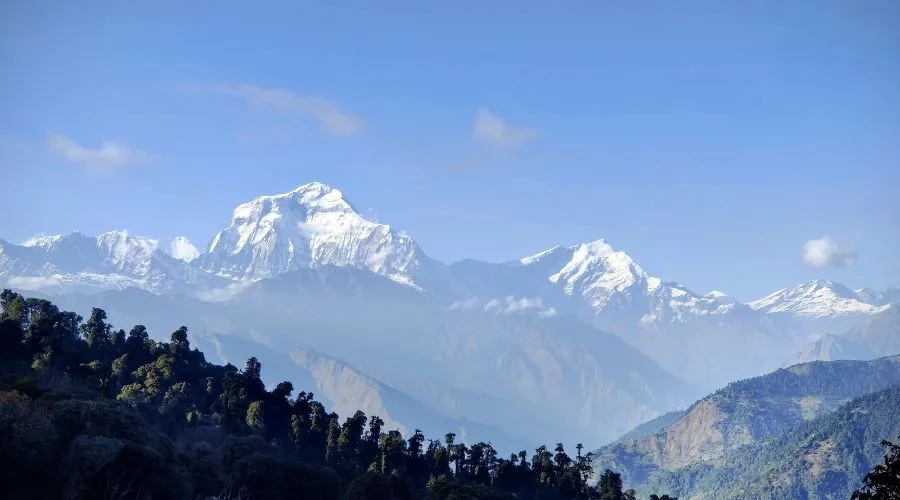
People perceive these formations in two different ways: as warnings to ascending mountaineers or as spirits protecting the Mountain. Several mountaineers have the sense of being observed by unseen forces while climbing.
Scientists name this phenomenon pareidolia since the human brain perceives patterns in natural environments. These possible imaginary features contribute to Dhaulagiri’s enigmatic nature regardless of whether they exist in reality.
Mt. Machhapuchhre
Machhapuchhre is located at an altitude of 6,993 m (22942.91 ft) in Gandaki province, Nepal. Machhapucchre is famous for its reputation of being an unclimbed mountain. The name Macchapucchre comes from its shape, which looks like the tail of a fish, sometimes also called Fishtail Mountain.
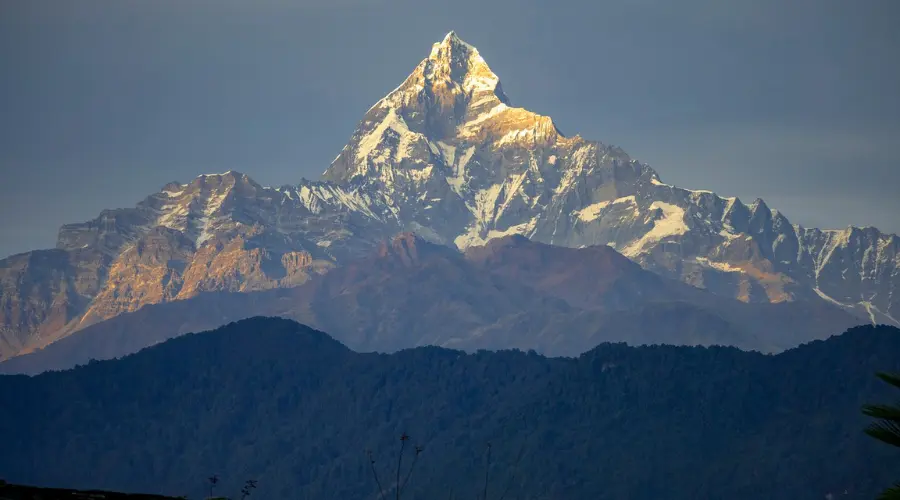
Annapurna I
Annapurna I is located at an altitude of 8,091 meters (26,545 ft), which is the highest mountain in the Annapurna Range. And the 10th tallest Mountain in the world. It is the hardest Mountain to climb because of sudden avalanches, technical climbs, and harsh weather conditions. It is notorious for causing the deaths of climbers and has a very low climbing success rate.

Ama Dablam
Ama Dablam, at 6,812 metres (22,349 ft), is located in the Khumbu region. Ama Dablam, also called “Mother’s Necklace” mountain, carries the meaning of depicting maternal protection.
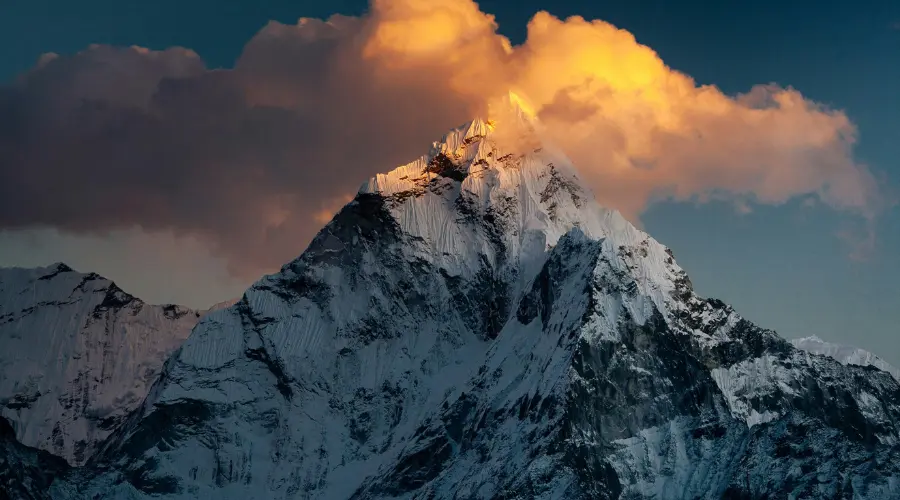
It resembles a pendant hanging from a necklace, with its sharp summit and glacier resembling a jewel. Each arm-shaped ridge on Ama Dablam symbolizes a mother who shields her baby. Sherpas worship the Mountain as a sacred location that protects spiritual entities.
Mount Pumori
Pumori Mountain lies in the Mahalangur Himalayan range in the Khumbu region. It is eight kilometres away from Mount Everest. Mount Pumori is called “Everest’s daughter because it lies close to Mount Everest, and its shape resembles Everest. In the Sherpa language, Pumo means “Daughter”, and Ri means “Mountain.”
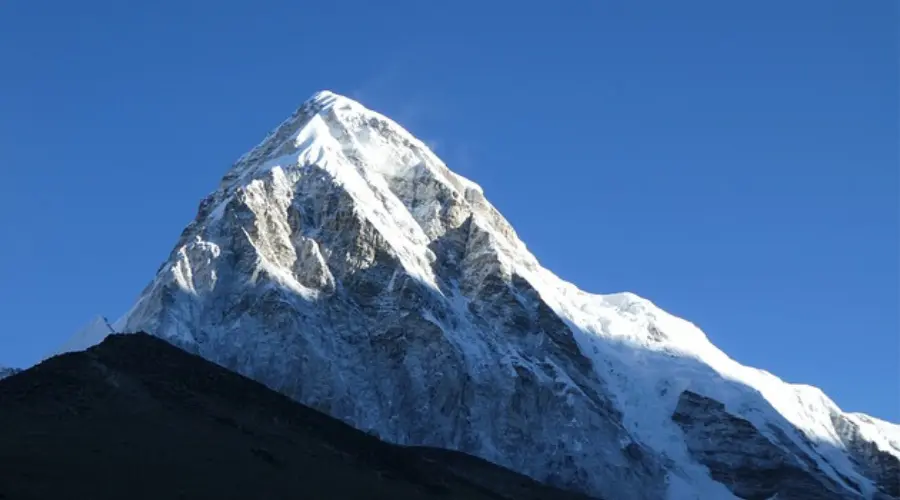
Gaurishankar Mountain
Gaurishankar Mountain is the second-highest Mountain in the Rolwaling mountain range. Sacred for Hindu and Buddhism while also known as the “God of the Mountains”. People consider it to be the sacred abode of Lord Shiva and Parvati. Many people in the area believe this Mountain has heavenly power, and they think it has the ability to fulfill wishes.
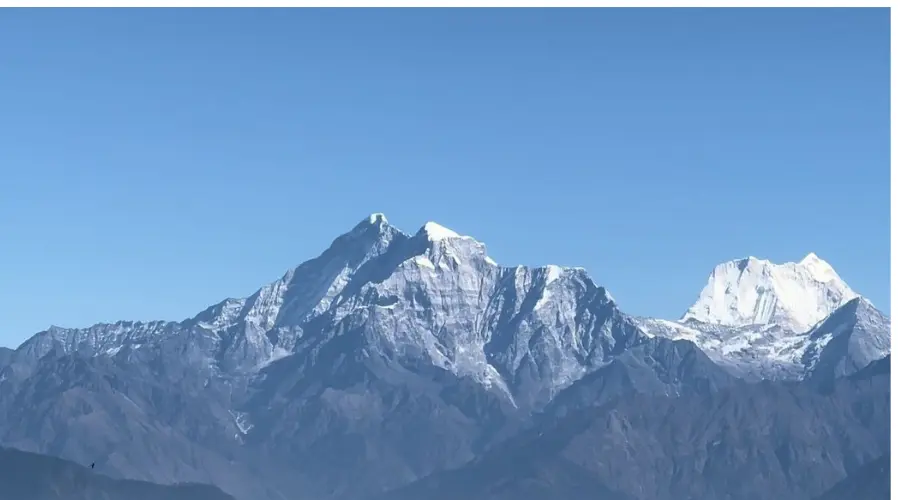
Tallest Mountains in Nepal
Nepal is home to 8 of the 10 tallest mountains in the world. These mountains are Nepal’s pride and are part of Nepal’s economy. Many nature enthusiasts, climbers and trekkers make an expedition to visit and feel these mountains.
Mt. Everest (8,848 m/29,029 ft)
Mount Everest is the highest peak in the world and the most famous Mountain in the world. It is located in the Khumbu region of the Solukhumbu district in northeastern Nepal. Mount Everest was first summited by Edmund Hillary and Tenzing Norgay Sherpa in 1953 A.D. Mount Everest has two major climbing routes, North vs South.
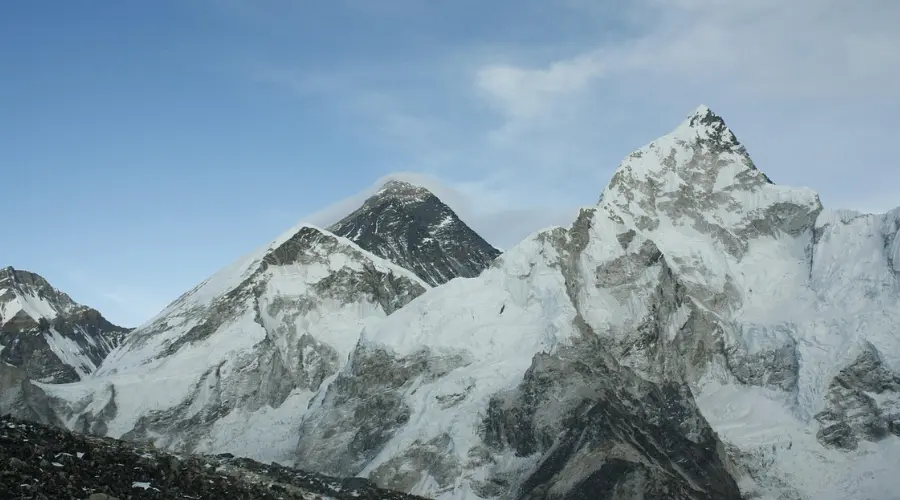
Kanchenjunga (8,586 m/28,169 ft)
Kanchenjunga is the second-highest Mountain in Nepal and the third-highest Mountain in the world. Kanchenjunga is situated in the eastern Himalayan range between Nepal and India. In 1955, It was first ascended by Joe Brown and George Band.
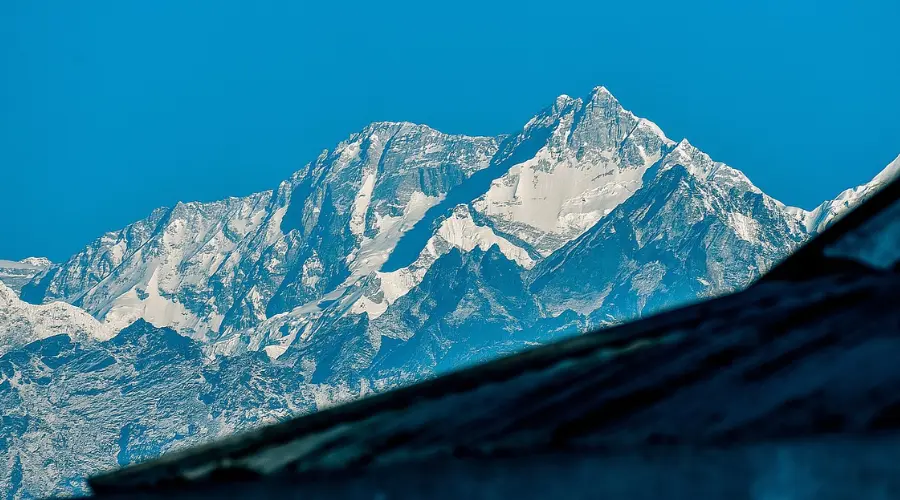
Lhotse (8,516 m/27,940 ft)
Lhotse Mountain lies in Koshi province, Solukhumbu district of Nepal. Lhotse is the third-highest Mountain in Nepal. The first ascent was made in 1956. The Lhotse summit route is the same as the Everest summit route until Camp 3.

Makalu (8,463 m/27,766 ft)
Makalu lies in the northeastern Himalayan range of Nepal and is the fourth-highest mountain in the country. It lies 19 km southeast of Mount Everest. Mount Makalu was first ascended in 1955 A.D. It is one of the hardest mountains to climb because of its sharp ridges.
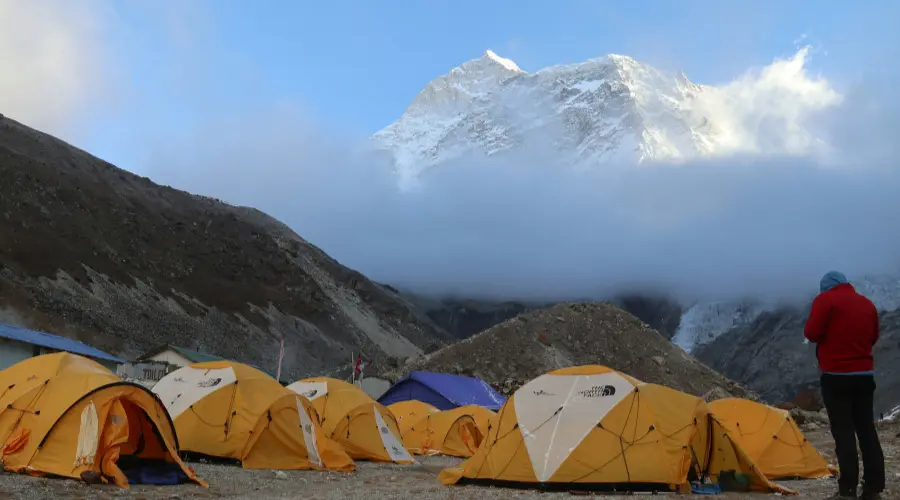
Cho Oyu (8,201 m/26,906 ft)
Cho Oyu is the fifth tallest Mountain in the world. It lies in the Koshi province of Nepal and 20 km west of Everest. Cho Oyu first ascended in 1954. It is considered the easiest climb of Mountain above 8000 m.
Dhaulagiri (8,167 m/26,795 ft)
Dhaulagiri lies in the Gandaki province of Nepal and is the 6th highest Mountain in Nepal. It was first ascended in 1960. Dhaulagiri is the sixth-highest mountain in the world, and it is considered the hardest to climb.

Manaslu (8,163 m/26,759 ft)
Manaslu lies in the Gorkha district of Nepal. It is situated in the Mansiri Himalayan range. It was first ascended in 1956 and considered hard to climb because of technical climbing.
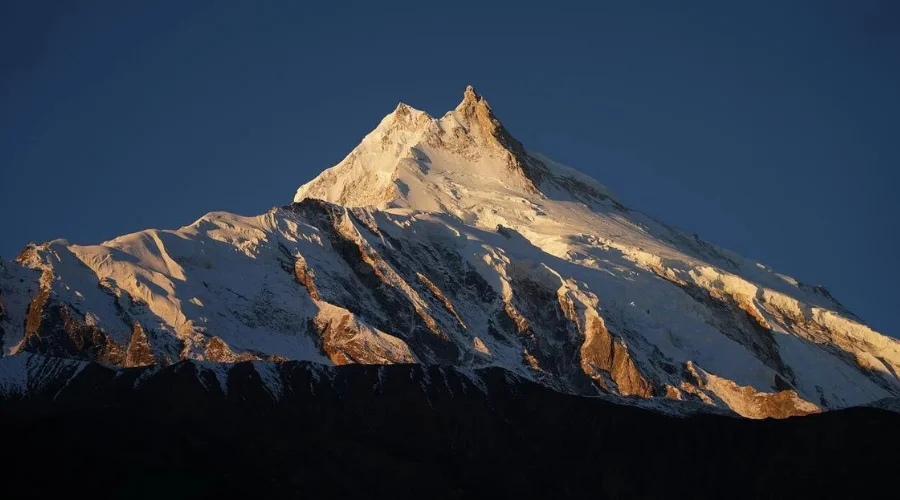
Annapurna I (8091 m/26,545 ft)
Annapurna lies in the Annapurna massif of Gandaki province. It was first ascended in 1950. Annapurna is considered the hardest climb among all peak climbers in Nepal. This is also the first 8000 m peak to be climbed.

Gyachung Khang (7,952 m/26,089 ft)
Gyachung Khang lies in the Mahalangur range of the Solukhumbu district. Its first ascent was in 1964. This mountain is rarely climbed because of its technical difficulty.
Annapurna II (7,937 m/26,040 ft)
Annapurna II is part of the Annapurna mountain range and is located in the Gandaki district of Nepal. Annapurna II is the 10th tallest Mountain in the world.
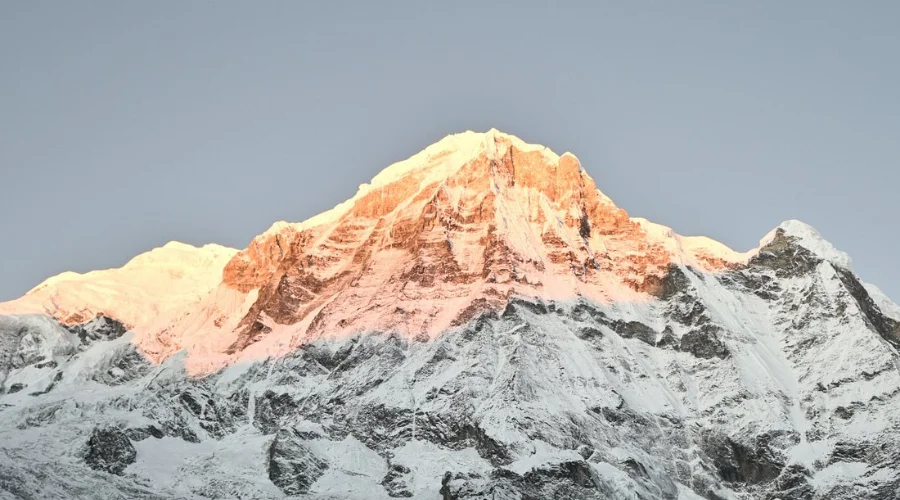
Mountain Temperatures in Nepal
Mountain Temperatures vary depending on the elevation of the mountains. Different temperatures for different heights exist in Nepal. Nepal contains several of Earth’s tallest peaks, which leads to remarkable temperature differences based on elevation.
Climatic conditions at 6,000 meters mountains in Nepal become intensely cold during the winter season. Daytime temperatures in the region range from -5°C to -15°C, whereas nighttime temperatures reach -20°C.
The demanding climate requires climbers to use insulated protective winter clothing because of the strong winds and unpredictable snowstorms. Summer temperatures rise slightly above freezing but drop again to below 0 degrees Celsius each night.
Moving upward to 7,000 meters results in even more severe temperature conditions. Daytime weather reaches a maximum of -10°C, but nights in this zone can get as cold as -30°C or below during any season. Breathing at this elevation becomes challenging because there’s less oxygen to renew the body while winds sweep in at even greater speeds, leading to a sensation of extreme coldness.
After reaching this altitude, climbers are vulnerable to serious frostbite damage unless they have appropriate protective equipment. Operating within these freezing conditions becomes more challenging because of decreased oxygen availability.
Death zone region of high peaks, including Mount Everest, exists at 8,000-meter altitude where temperatures reach dangerous levels. The daytime temperature remains at -20°C.
Nighttime temperatures reach the extreme low of -40°C and sometimes plunge even lower. Many dangerous conditions at this altitude result from freezing temperatures and strong winds, together with low oxygen concentrations.
A person cannot survive extended periods at this elevation without capable clothing, appropriate gear and oxygen supplies. The environment poses extreme dangers through hypothermia and frostbite conditions, which make all movements an arduous task.
Wildlife Found in Nepal Mountains
The Himalayan Mountains are renowned for their sky-scraping height profile as well as their wildlife, which prospers throughout their elevated and base regions.
The Wildlife found in Nepal mountains are as follow.
- Snow leopard
- Red Pand
- Himalayan Tahr
- Yak
- Musk Deer
- Himalayan Black Bear
- Himalayan Monal
What do Nepal Mountains teach us?
Nepal’s mountains are an example of passion and determination, so just like we need in life to achieve things. Despite the remoteness of Nepal’s mountains, people still find a way to be happy and content with little things. The mountains help people sustain their daily lives, which helps providing resources and income from tourism, so you earn deep respect and appreciation for nature.
Nepal’s mountains teach us the ability to adapt. Different weathers pose different challenges, reminding us to adjust and adapt to real life. While climbing mountains, no matter how strong or skilled you are, you always get tested, reminding you to be humble. The same goes for real life.
Frequently Asked Question
How many Nepal Mountains are Open for Climbing?
There are 461 mountains in Nepal that are open for climbing, including 57 new peaks above 5000 meters.
Which was the first climbed 8000 meter mountain of Nepal?
The first climbed 8000 meter mountain of Nepal was Annapurna I at 8,091m (26545.28).
Why is Nepal Called the land of Himalayas?
More than 15% of Nepal’s area is within the Great Himalayas and 8 of the 10 highest mountains in the world lies in Nepal. This is one of the fact behind calling Nepal the Land of Himalayas.
What percent of Nepal is mountains?
Nepal being in Tibetan plateau, roughly 75% of Nepal’s land is mountains.
Want to know more?
Speak to an Expert





Sandip Dhungana
Nepal 🇳🇵
Whatsapp: +977-9823636377


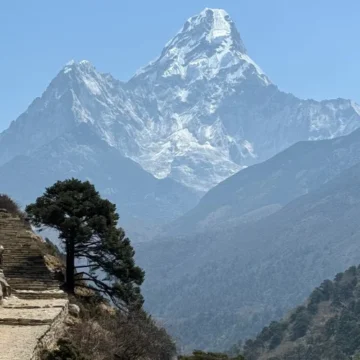
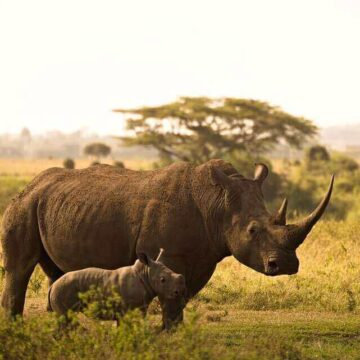
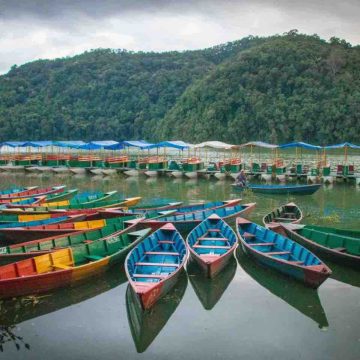
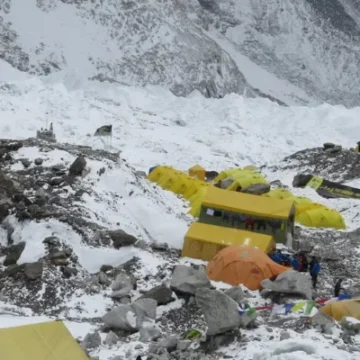
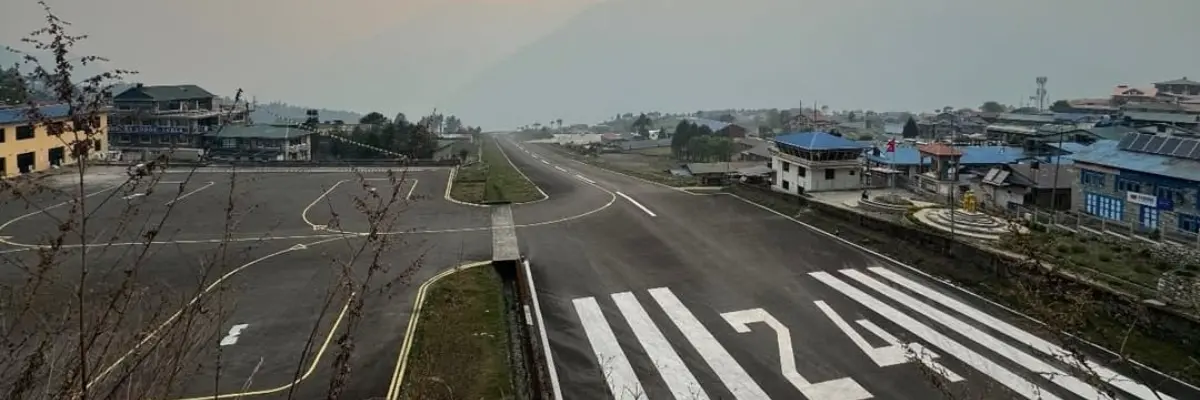
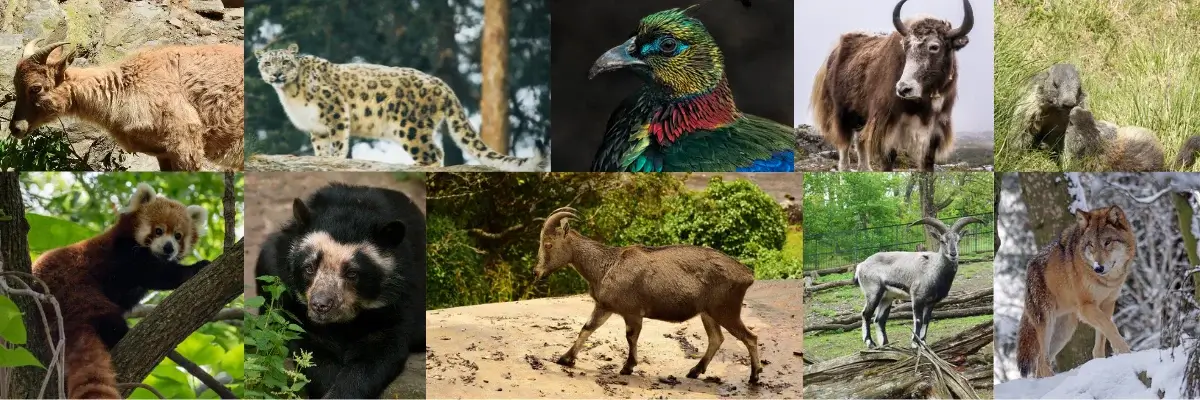
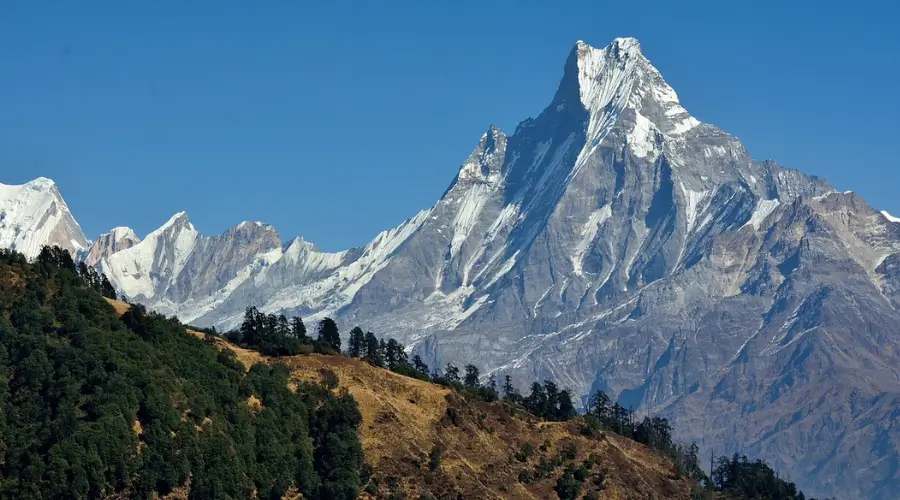
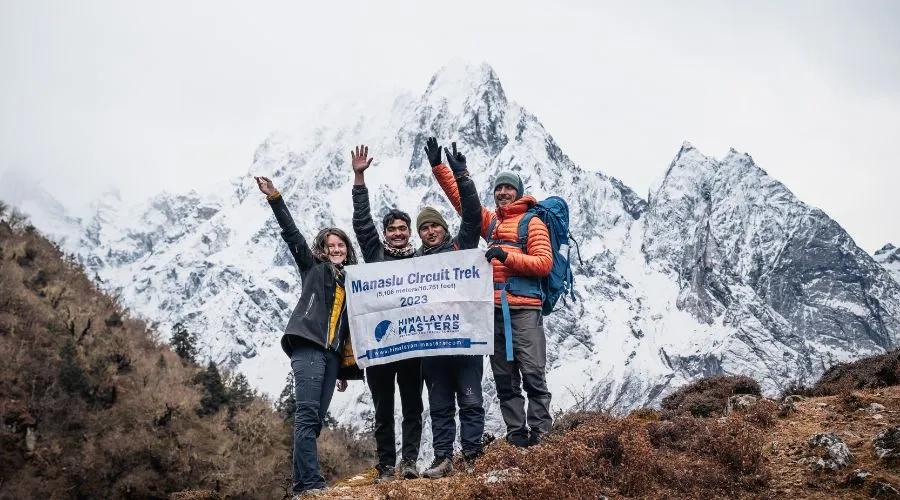
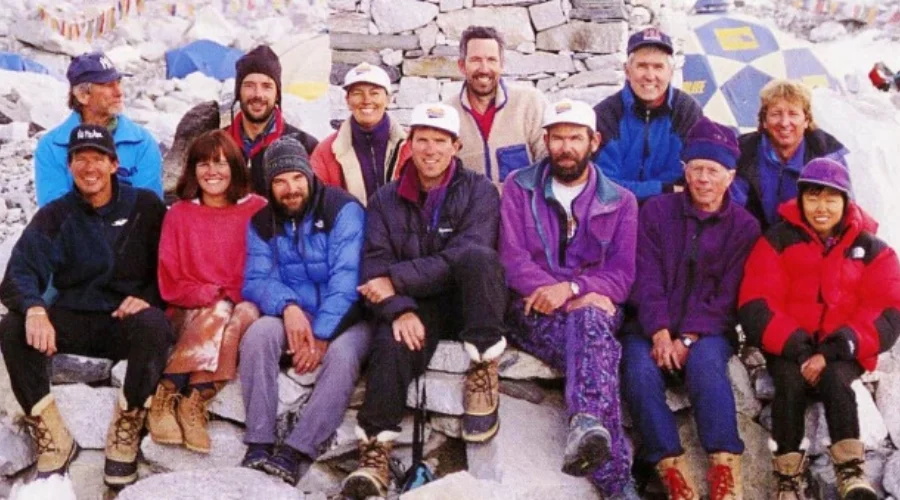
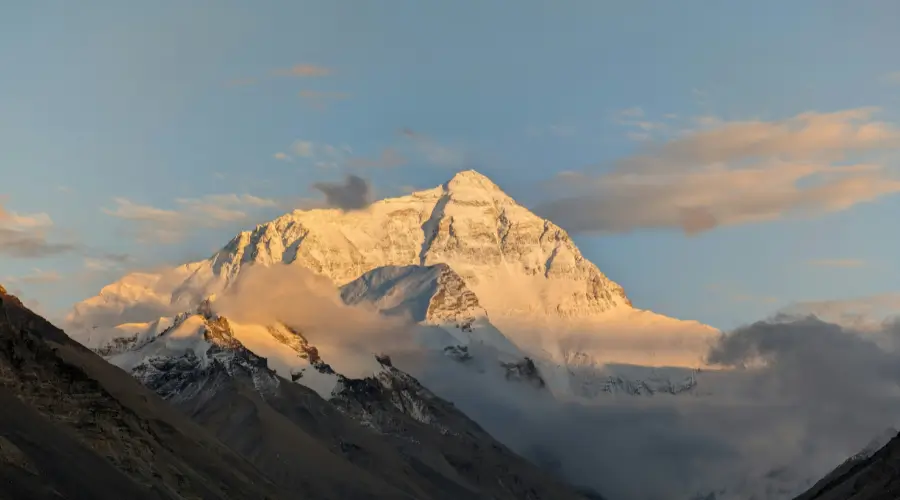
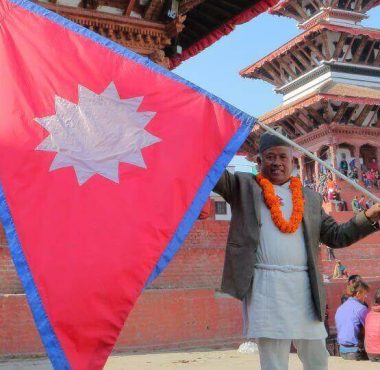













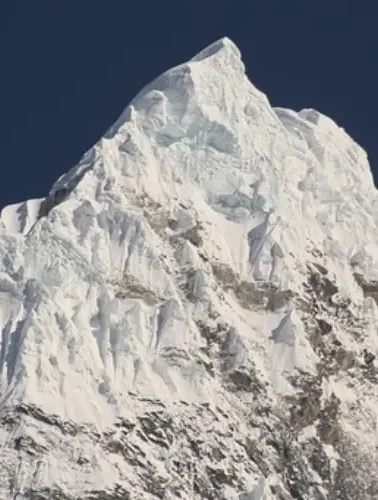
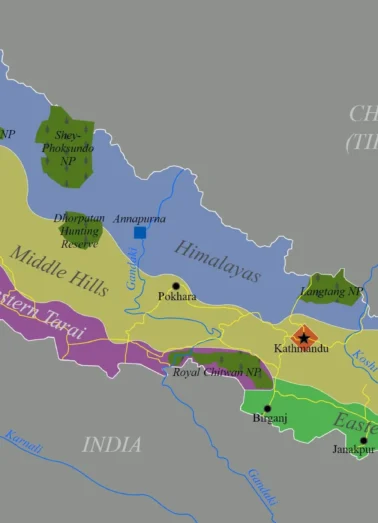
Leave Your Comment